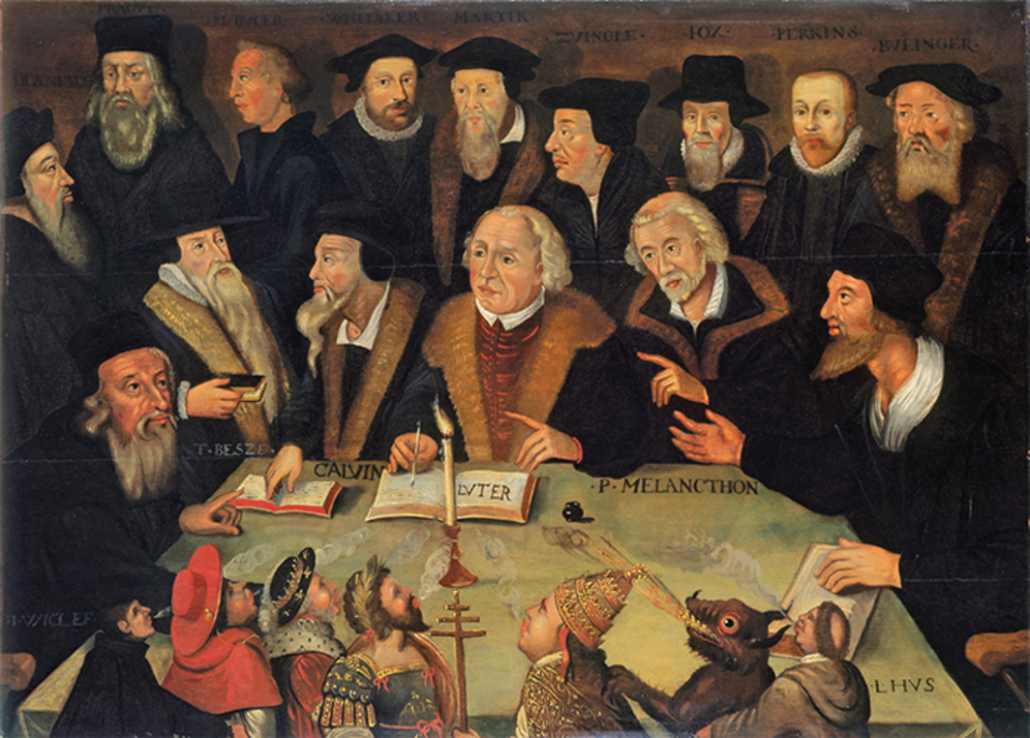Ok. Get off your high horse. You are human just like the rest of us. Just like your ancient ancestors who were throwing rocks and sticks at each other a thousand years ago … you are looking for a leg up on the competition. Isn’t that the world we live in? At the end of the day, no one is looking out for you, besides you.
Do you know what all those famous “influencers” have over you? Those you look at with boiling bitterness buried somewhere inside you. Besides a smattering of luck here and there, there is one other trait they have that most people don’t.
There are general branches and streams of actions that come off that main branch. But without that central drive, all else is useless.
What is it that apparently 1% of the data population has that the 99 don’t? Simply put, in the words of your grandparents, hard work.









